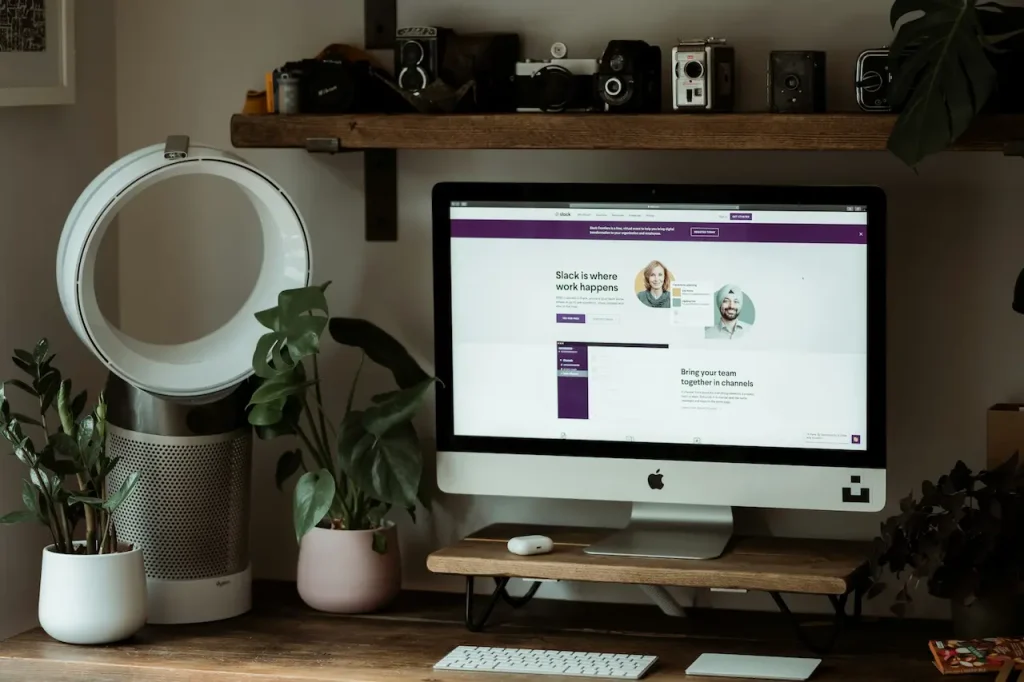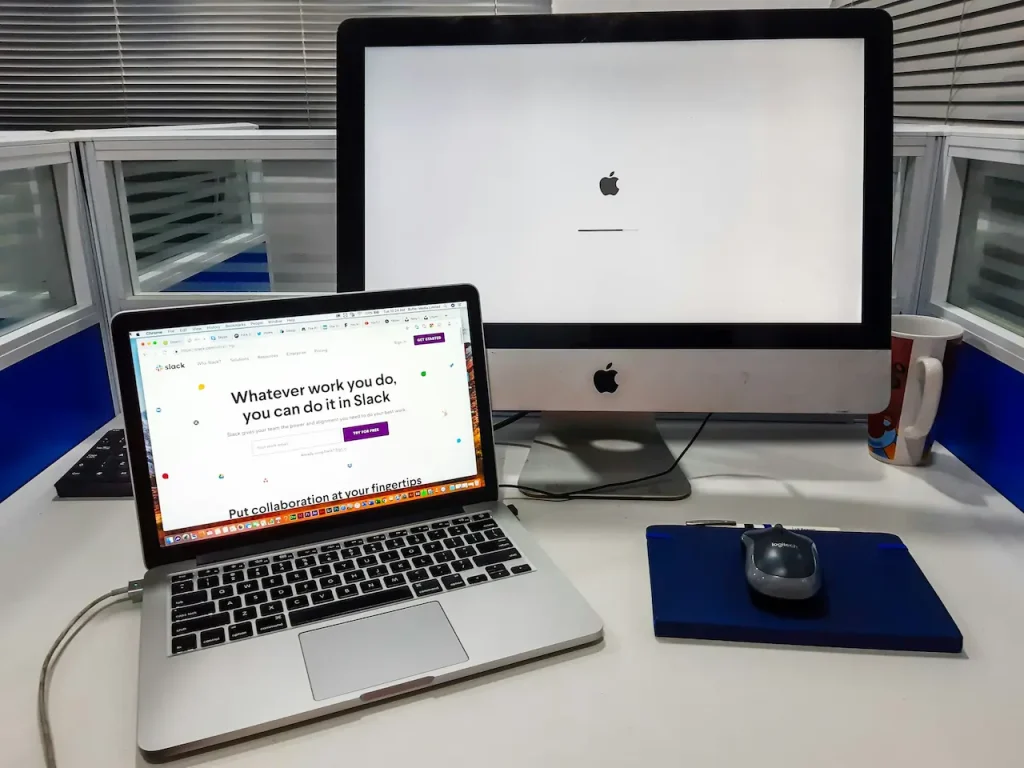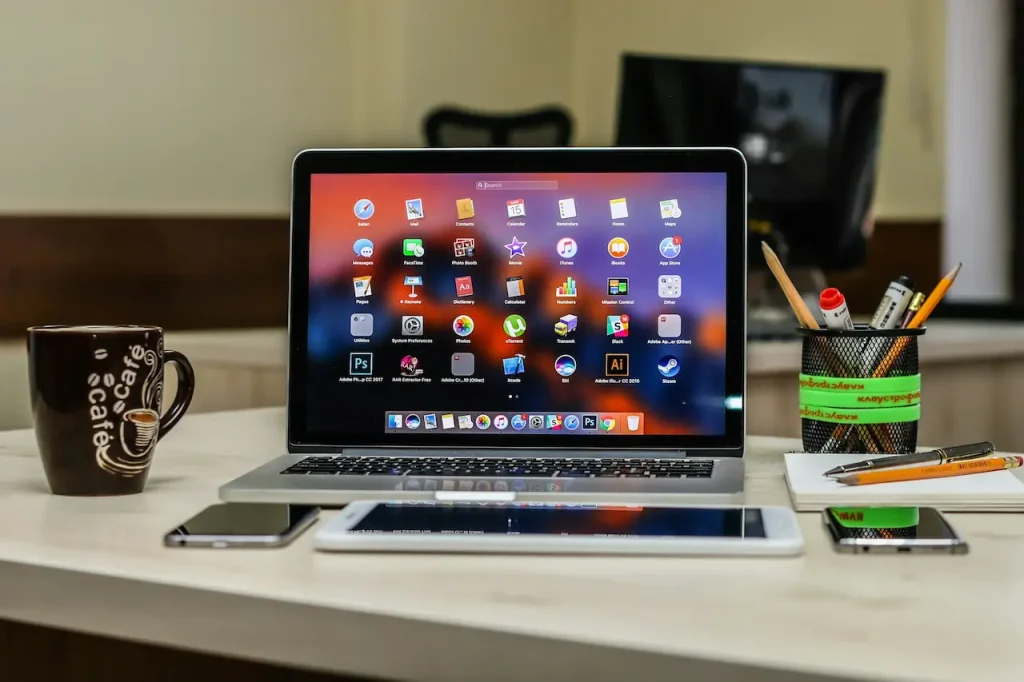Reliable Mobile Tools for Work-From-Home Success
In the last few years, the modern workplace has changed dramatically. The concept of office work is no longer confined to an actual building. Professionals today fall into two main categories. One side is made up of those who enjoy the traditional office setting. They value face-to-face communication, the fixed schedules and the structure that comes with it. They also appreciate spontaneous conversations. Professionals who prefer to work from home, or accept it, enjoy the flexibility, solitude and pet co-workers. They also love the freedom of daily traffic.
Whatever category you fall into, it is clear that remote work shows no signs of slowing. Despite the gradual stabilisation of the world after major disruptions like the pandemic and the global economic crisis, businesses large and small are continuing to adopt flexible arrangements. Hybrid schedules and policies such as “work from anywhere” have become the norm. Millions of workers are adjusting to new routines that blur the lines between their personal and professional lives.
The struggle to unplug is one of the greatest challenges.
Remote Work: Productivity or Personal Life? Personal Life
There are many benefits to working from home. You can avoid traffic jams and expensive lunches. Office distractions are also eliminated. And you get to create your perfect workspace. Many remote workers are faced with a common problem, as there is no physical separation between their “home” or “office”. Work begins to creep into their personal time. The completion of a project earlier in the day may spill over into family time, dinner or self-care. Virtual meetings can replace face-to-face conversations and require more effort to maintain clear communication. Tasks that were completed quickly in an office may now take more time when distributed teams are involved.

Another challenge is keeping motivation when no one is looking. Some people thrive in solitude while others are overwhelmed by distractions and tempted to procrastinate. Being “busy” doesn’t mean you are being productive.
The advancements of mobile technology have enabled remote workers to work in the same environment as their traditional colleagues. Apps for communication, time tracking and fitness, as well as apps for project management, have become essential tools for remote workers.
The following iPhone or Android applications can help you remain productive, organised and balanced, whether you are working in your living room, backyard, local café, or halfway around the world.
Why Work-from-Home Apps are More Important than Ever
Over the last decade, mobile app development has grown rapidly. This has led to powerful digital tools for both team collaboration and individual productivity. These apps simplify workflows, automate tedious tasks, promote clear communication and help workers achieve a better work-life balance.
You can benefit from a carefully selected set of apps:
- Keep on schedule with deadlines
- Communication with coworkers is seamless
- Organise your ideas, documents and tasks
- Prioritise your time effectively
- Keep your body healthy and active
- Structure your day to reduce stress
These tools are particularly valuable for small and medium-sized businesses (SMEs). SMEs are limited in resources and rely on smart delegation. With the right technology, a connected remote workforce can help make operations more efficient, quicker, and cost-effective.
Explore some of the best and most reliable apps for Android devices and iOS.
Top Apps to Work from Home on iPhone and Android
Working from home is easier than ever with the right mobile apps. Whether you’re managing tasks, joining meetings, or staying organised, these tools help you stay productive and connected right from your iPhone or Android device.
1. Dropbox
Over the past decade, Dropbox has been a name that has been trusted in cloud storage. Dropbox is a reliable and versatile solution for sharing files, organising documents, or backing up important work.
Why Dropbox is Different
- Secure Cloud storage: Upload documents, photos, videos, and other files to a secure cloud.
- Access anywhere: Files are synced across all devices, including desktop, laptop, smartphone and tablet, making it simple to work while on the move.
- Offline access: Need to download a file, but you don’t have Wi-Fi? Dropbox allows you to mark files as offline.
- Easy sharing: Instead of sending large email attachments, Dropbox creates shareable links for folders and files.
- Document Scanning built-in: With your camera, you can scan receipts or other documents, such as whiteboards and notes, into PDFs.
Dropbox offers free as well as premium storage plans to meet the needs of users. Its ease of use and reliability make it the perfect tool for managing large files or working with distributed teams.
2. Slack
Communication is key to a remote workforce. Slack remains one of the best tools available for keeping teams in touch. Slack is a collaboration tool that transforms the way professionals communicate, share information and organise their work.
Slack Features
- Structured channels: Create a dedicated channel for teams, projects, or clients to ensure conversations are organised.
- Direct Messaging and Calls: Send a private message to co-workers or make a voice or video call.
- File sharing: Uploading and sharing files directly in channels or conversations.
- Searchable conversations: Find past messages, documents, or links with Slack’s powerful search.
- Third Party Integrations: Connect with Google Drive (or Dropbox), Salesforce, Asana, Zendesk or Twitter.
Slack allows for real-time communications that mimic the feeling of being at the office, without the physical presence. Its collaboration and notifications features help reduce email clutter and keep teams aligned.

3. Toggl
Working from home can be challenging because it is easy to lose track of time. The hours blur together, and you’re surprised to find that your workday is longer than you expected. Toggl offers powerful yet simple time-tracking tools.
Why Toggl Helps Remote Workers Thrive
- Track Your Work Across Devices. Start your timer on a laptop, and then stop it on a phone. Toggl will keep everything synchronised.
- Project and Client Organisation: Categorise work by client or tasks to determine where your time is truly spent.
- Analytical reports: Generate a detailed report showing productivity patterns and hours logged.
- Integrated calendars: Synchronise your calendar for time blocking and planning.
- Smart Suggestions: Toggl suggests tasks based on habits.
- Notifications and Reminders: Receive notifications if you forget when to start or stop the tracking.
Understanding how you spend your time can help you improve your productivity, identify bottlenecks and enhance your time management.
4. Asana
Asana can be a powerful tool for teams that have to manage multiple projects, tasks and deadlines. This app allows you to track anything from small tasks to multi-phased projects.
Asana’s Best Features for Remote Working
- Create Tasks and Assign them: Add tasks with descriptions, deadlines, assignees and followers.
- Visualiseze Projects: Use timelines, boards, or lists to visualise progress.
- Work in real time: Share files, comment on tasks, tag teammates and ask questions within the app.
- Stay updated anywhere: The Asana App keeps you up to date on project status, whether you are at home or in the field.
Asana helps to make teamwork transparent by allowing employees to manage their individual responsibilities and stay aligned with bigger goals.
5. Spark
Email overload is a major productivity killer. Spark is designed to help you manage your email inbox intelligently.
Why Spark is a Game Changer
- Smart inbox: Prioritises emails sent by people you know, and filters out spam or newsletters.
- Support for multiple accounts: Connect Gmail, Hotmail, Outlook, ok AOL, and more.
- Team collaboration: Discuss emails privately with your colleagues without endlessly sending them.
- Customizable notifications: Receive alerts only when important emails are received.
Spark transforms your inbox into a place where you can find clarity, not chaos.
6. 7-Minute Workout
Remote work often involves long sitting hours, minimal movement and little sunlight exposure. Inactivity can lead to fatigue, mental fog, and stress. This can be combated by using the 7 Minute Workout App to incorporate short and effective workout routines throughout your day.
Benefits of a 7-Minute Workout
- No Gym Requirement: All Exercises Use Your Body Weight, A Chair, And A Wall
- High Intensity Circuit Training: Scientifically designed for boosting aerobic and muscular fitness.
- Guided Video: Learn the proper technique for each exercise.
- Quick Routines Perform 12 exercises lasting 30 seconds each with 10-second breaks between.
- Supports Google Fit: Tracks your progress and fitness goals
This app can be used to counteract the sedentary nature that remote work brings.
7. Calendar
The calendar app makes it easy to manage your personal and professional obligations. It integrates several calendars into one view, giving you an overview of the day.
What Calendar Offers
- Synchronises Apple, Google and Outlook calendars in a single interface.
- List and Timeline Views: Select how you wish to visualise your schedule.
- Event creation: Add events and synchronise them automatically across connected calendars.
- Saves time: Reduces switching between different scheduling applications.
A synchronised system of calendars helps remote workers to maintain structure, avoid double booking and task overload.

These Apps Enhance the Work-from-home Experience
These apps are more than simply productivity tools. They help to create an ecosystem that allows remote workers to have a productive and balanced experience.
Focus Promotes
Apps such as Toggl and Asana promote better time management and organisation, allowing workers to focus on the most important tasks instead of multitasking.
Support Seamless Collaboration
Slack, Dropbox, and other tools eliminate communication barriers and improve team interaction.
They Promote Work-Life Balancing
The 7-Minute Calendar and Workout reminds workers to take a break, stretch out, rest and restructure their day in healthier ways.
Enhance Professionalism
Communication between team members, clarity of projects, and secure storage of files ensure a more efficient workflow, which rivals or even exceeds traditional office setups.
Conclusion
Both employers and employees can benefit from working remotely. Remote work is not only a trend, but has also become a permanent shift in the workplace culture, as it offers greater flexibility, increased independence and better well-being.
The tools that are used to support a remote work environment will determine its success. These Android or iPhone apps can help remote workers stay productive, focus on their work, and collaborate more effectively.
If you are a freelancer or small business owner working from home, a manager of a team, or an employee in a corporate setting, these apps can improve your productivity.